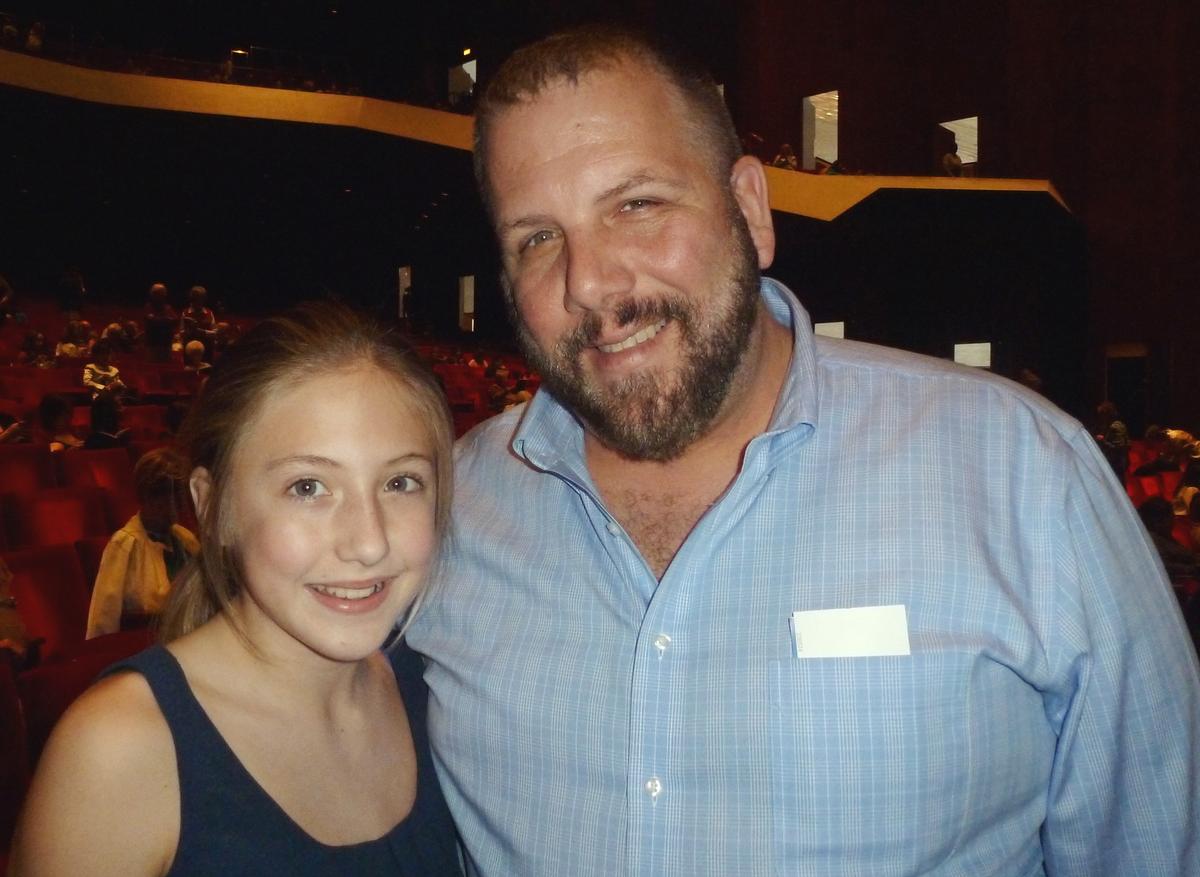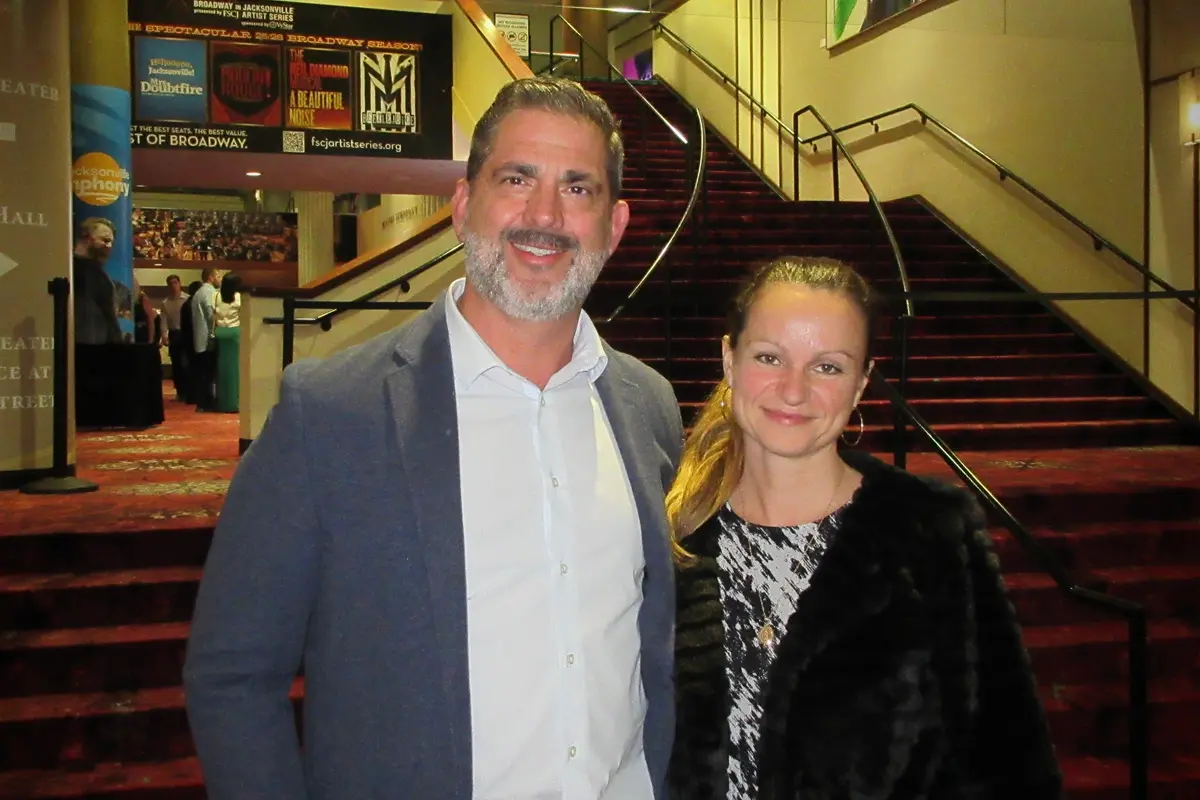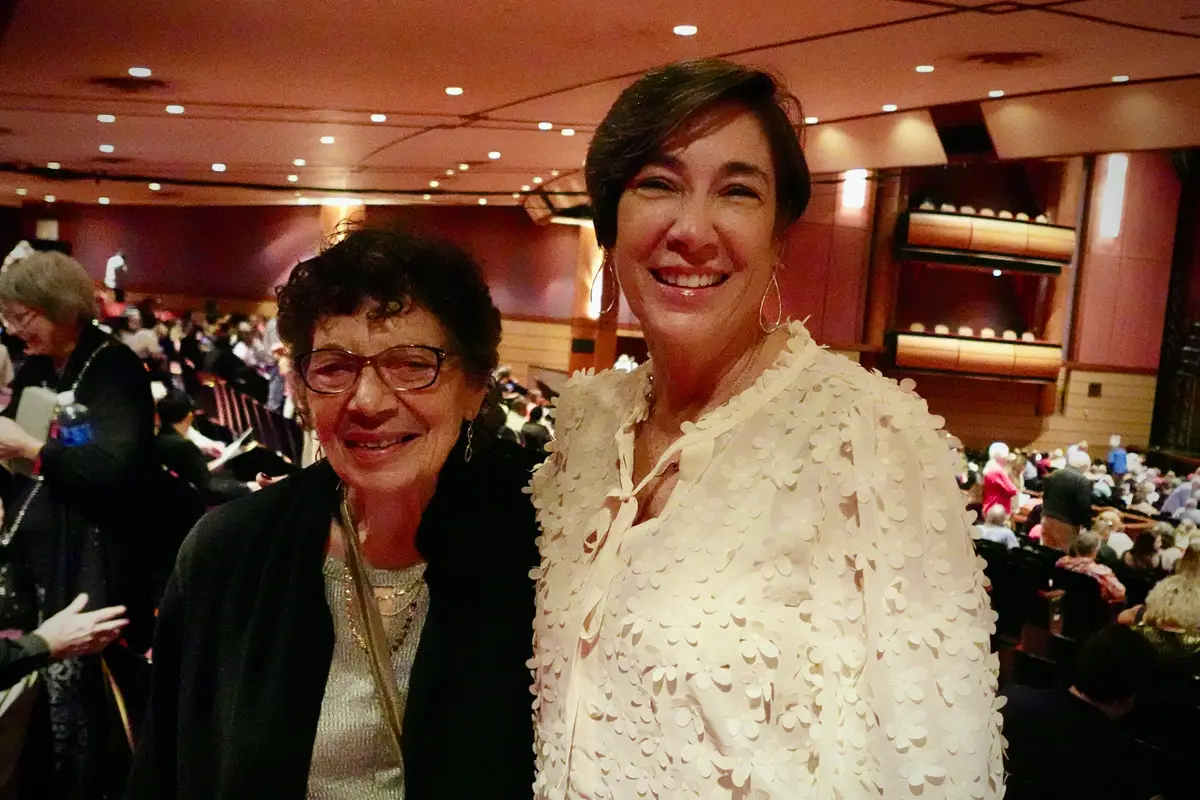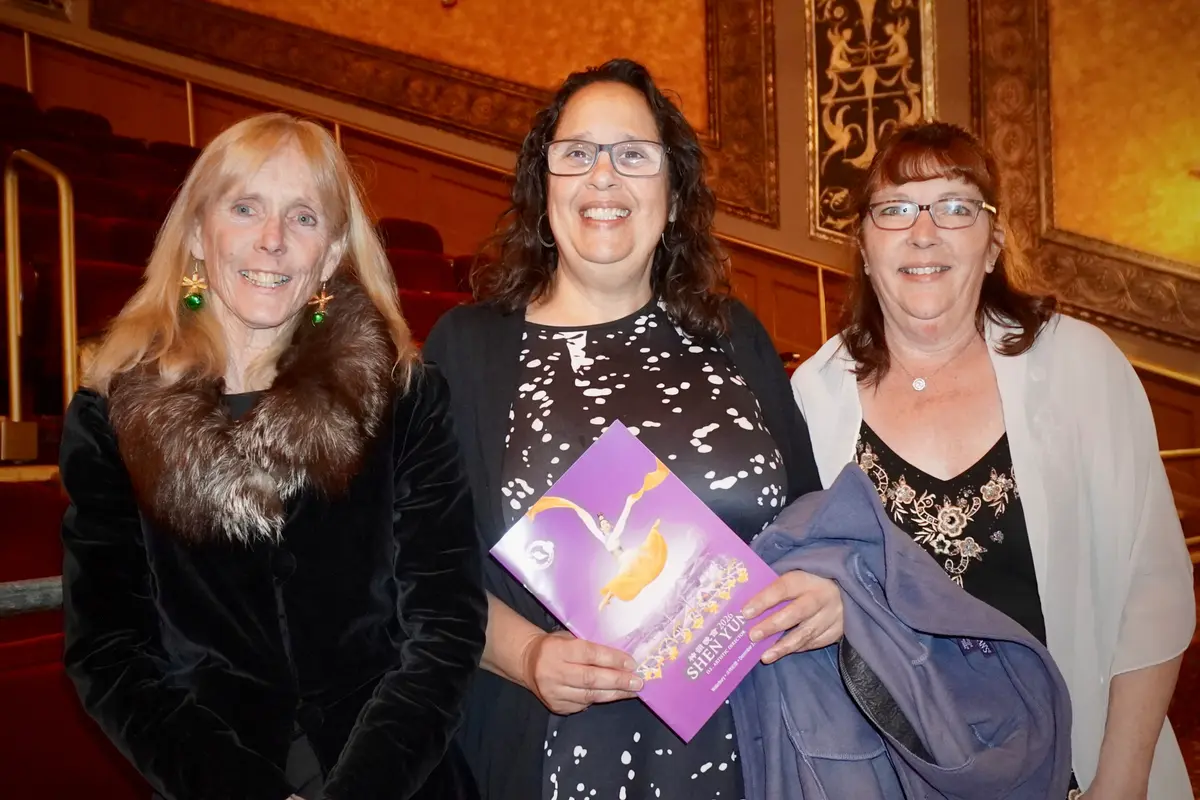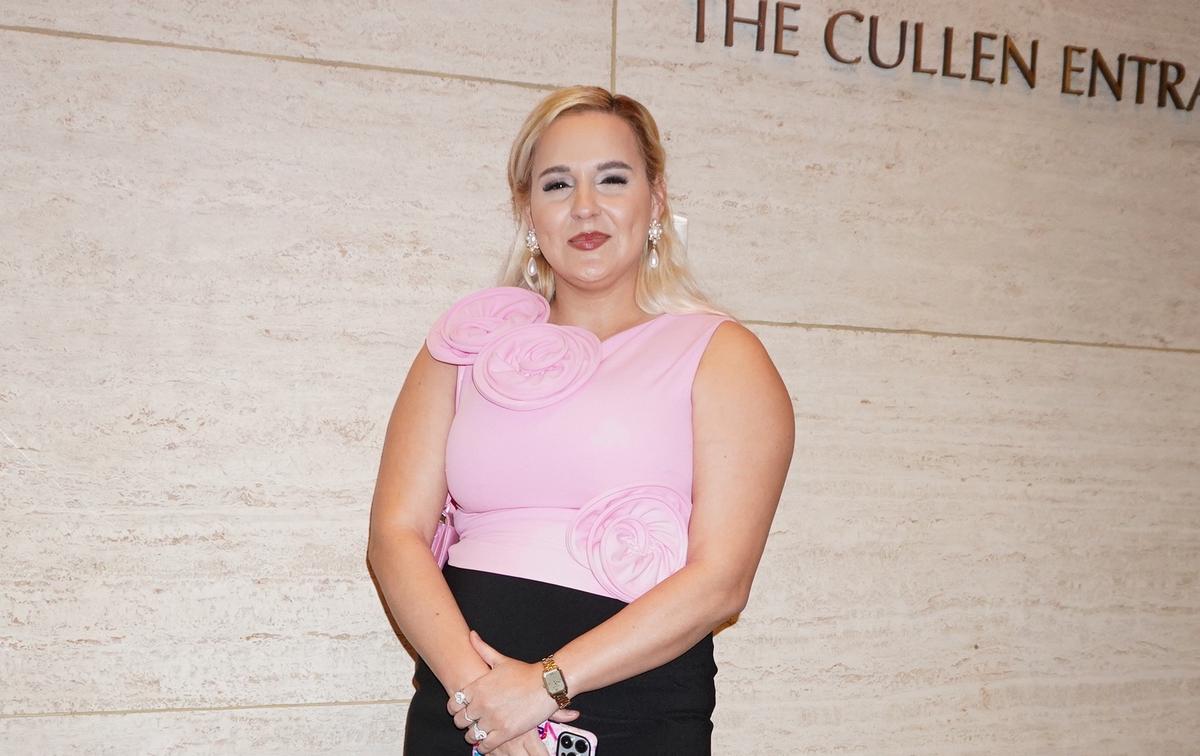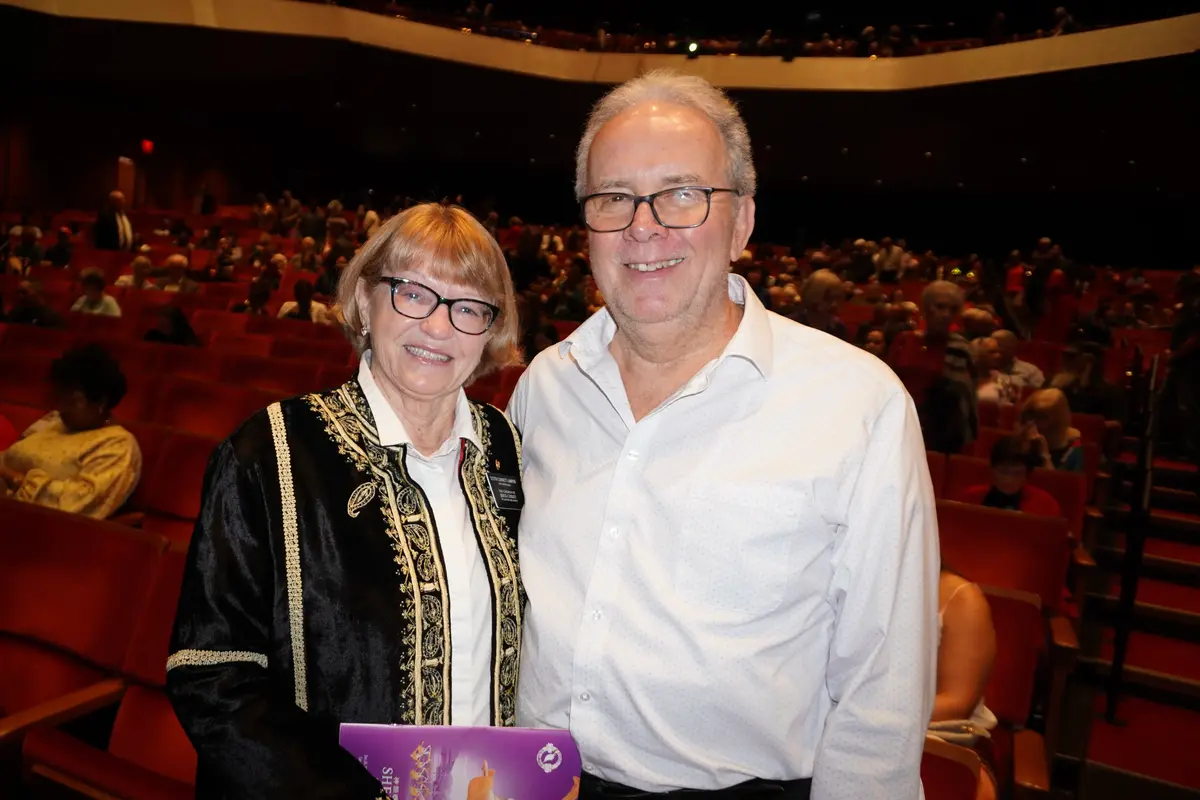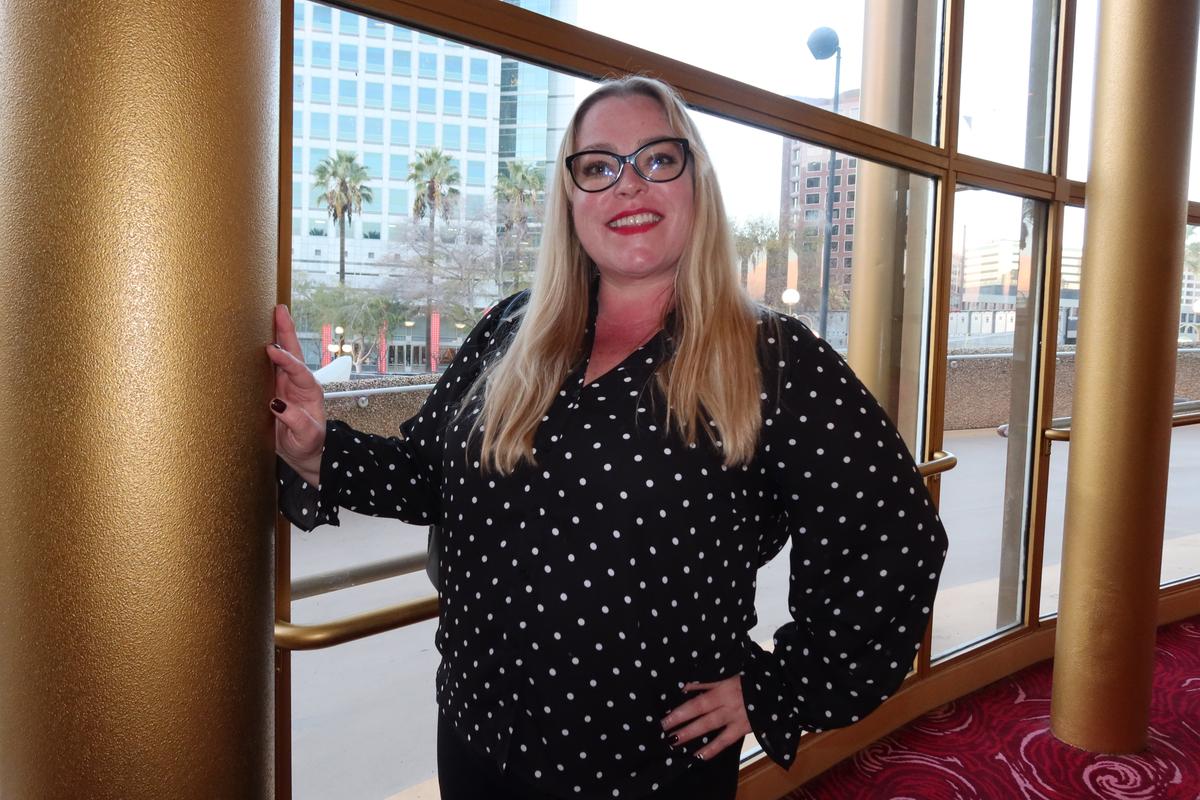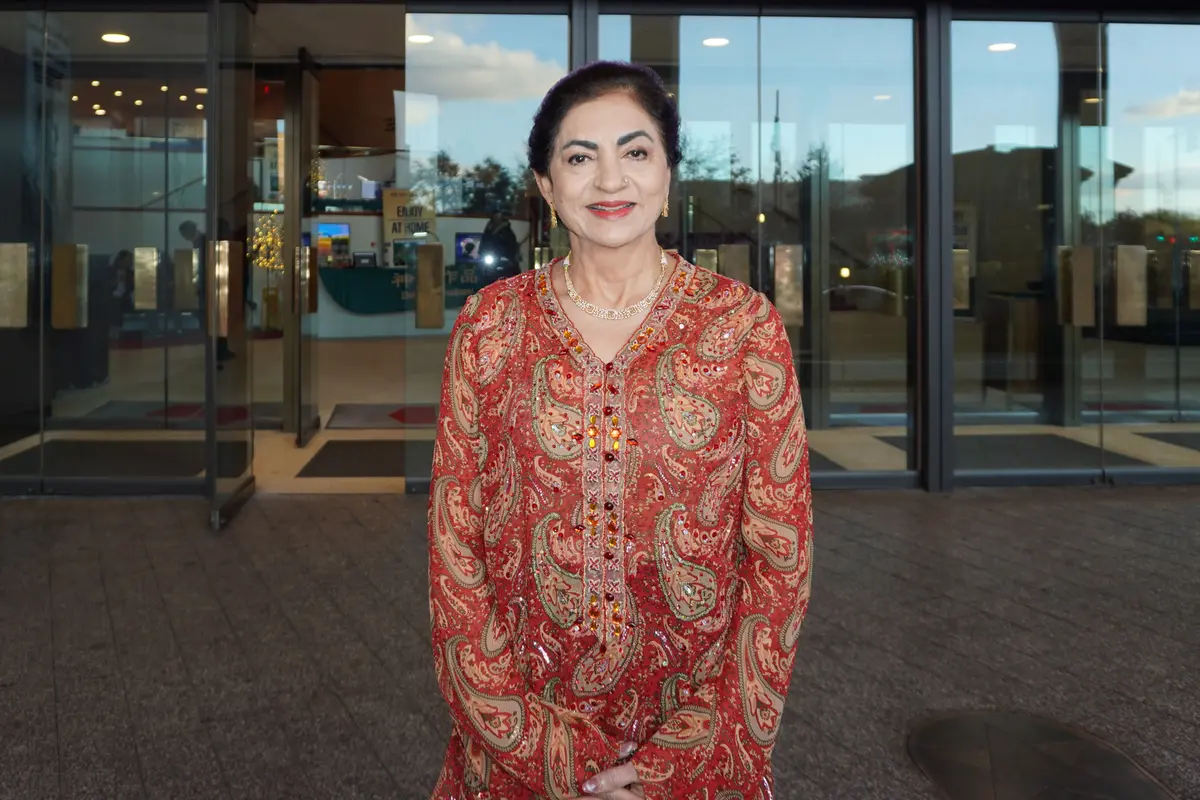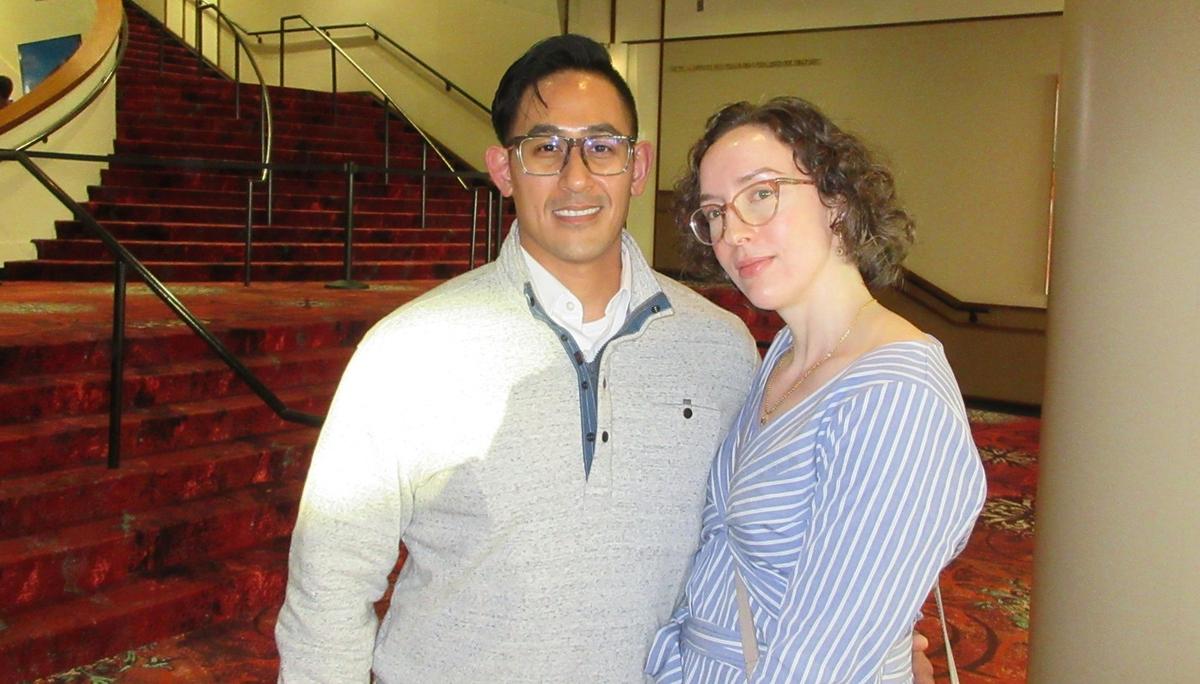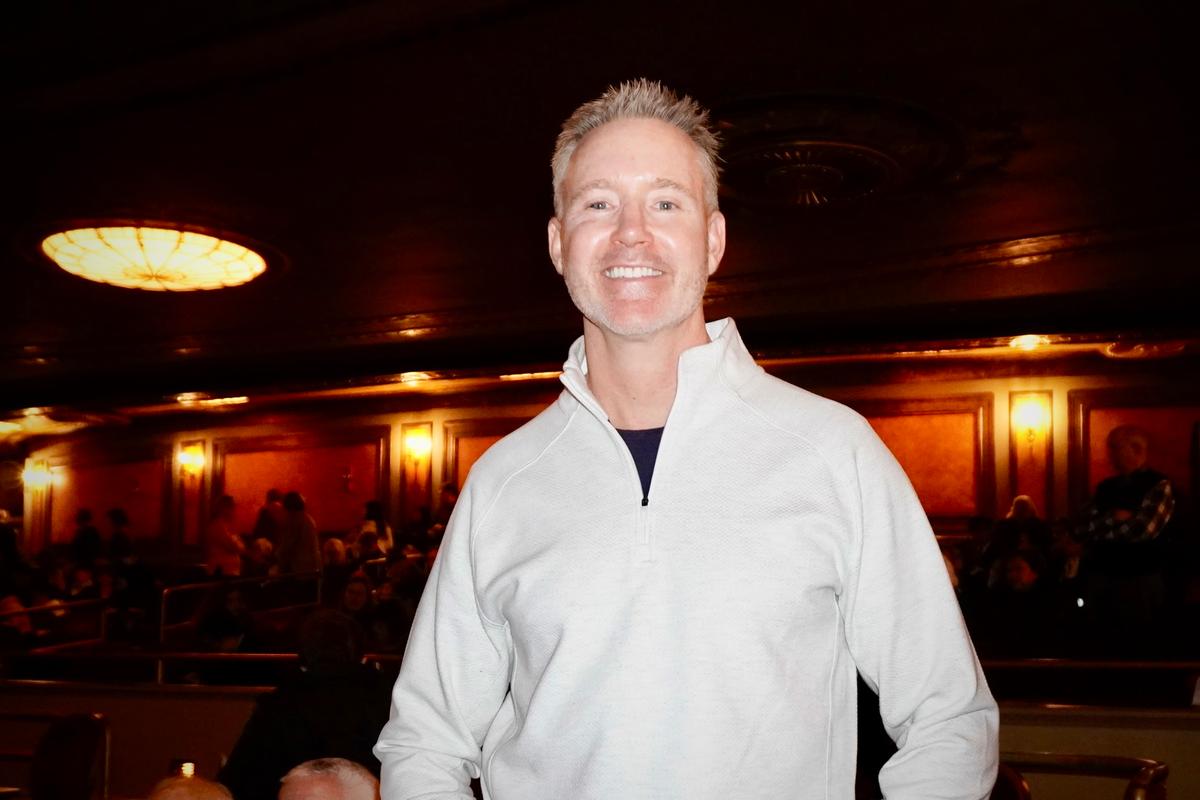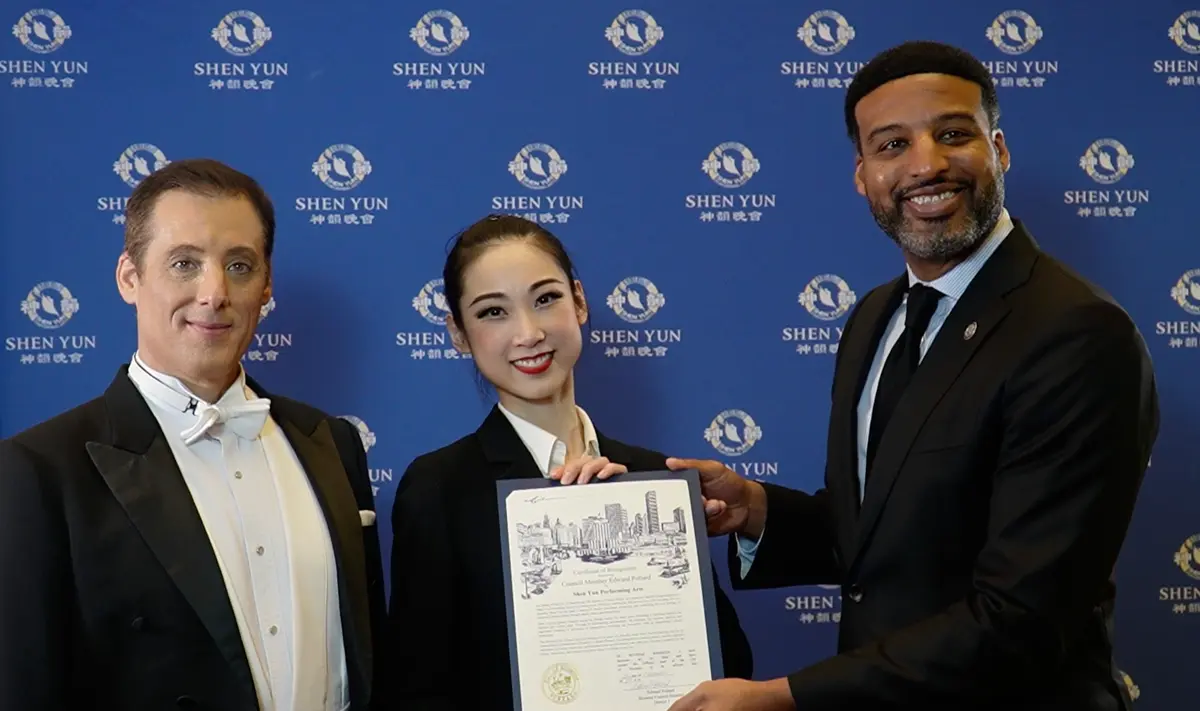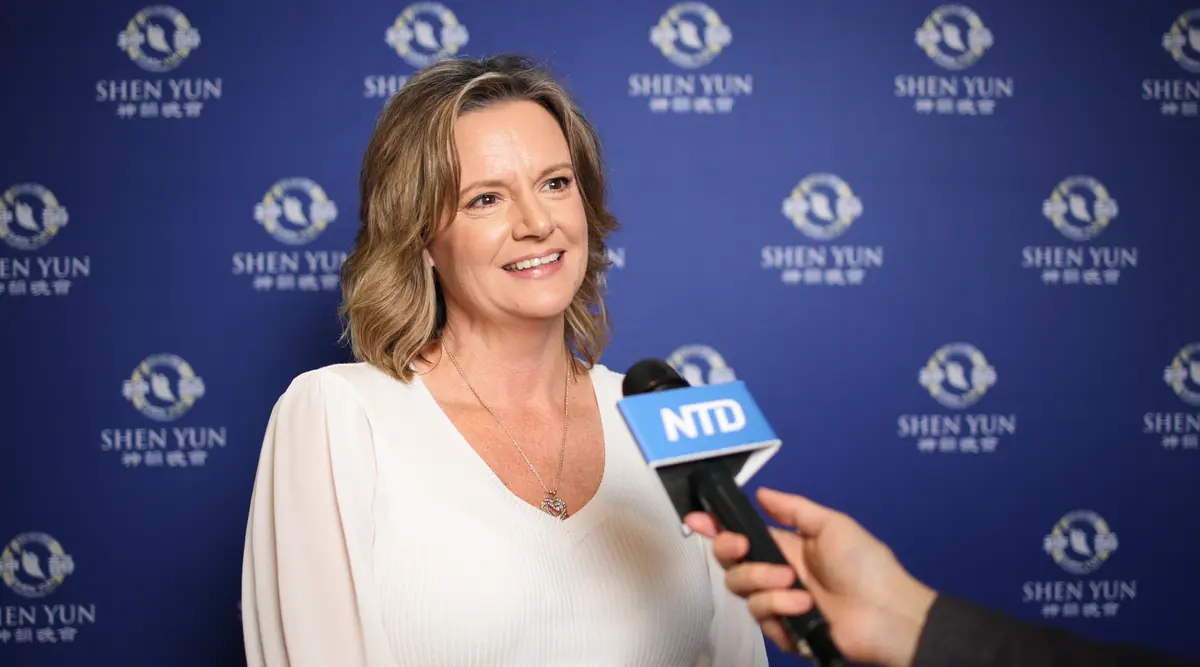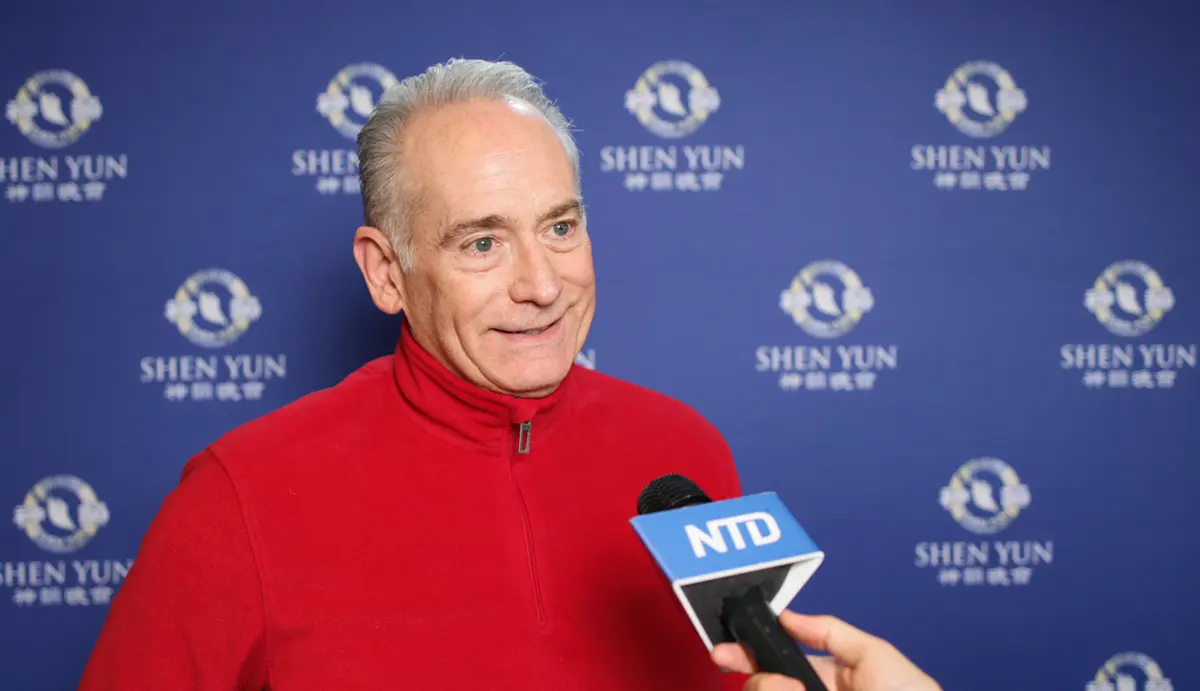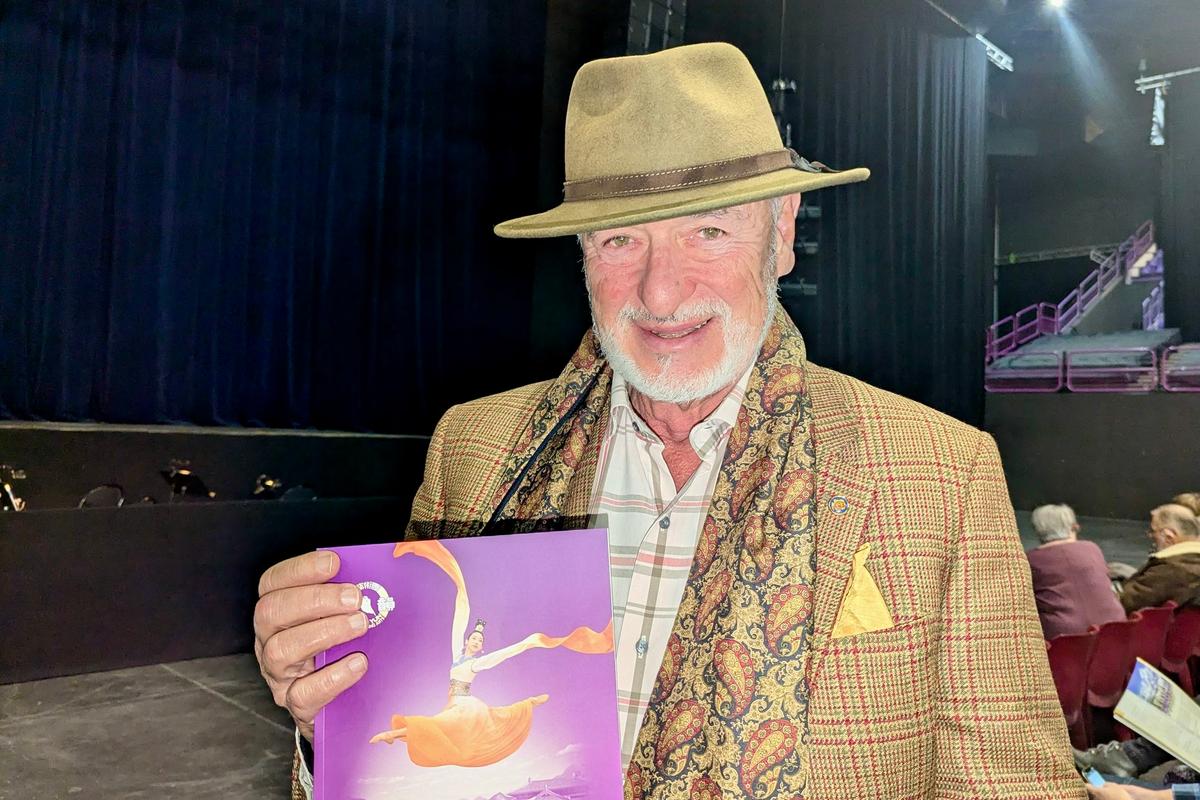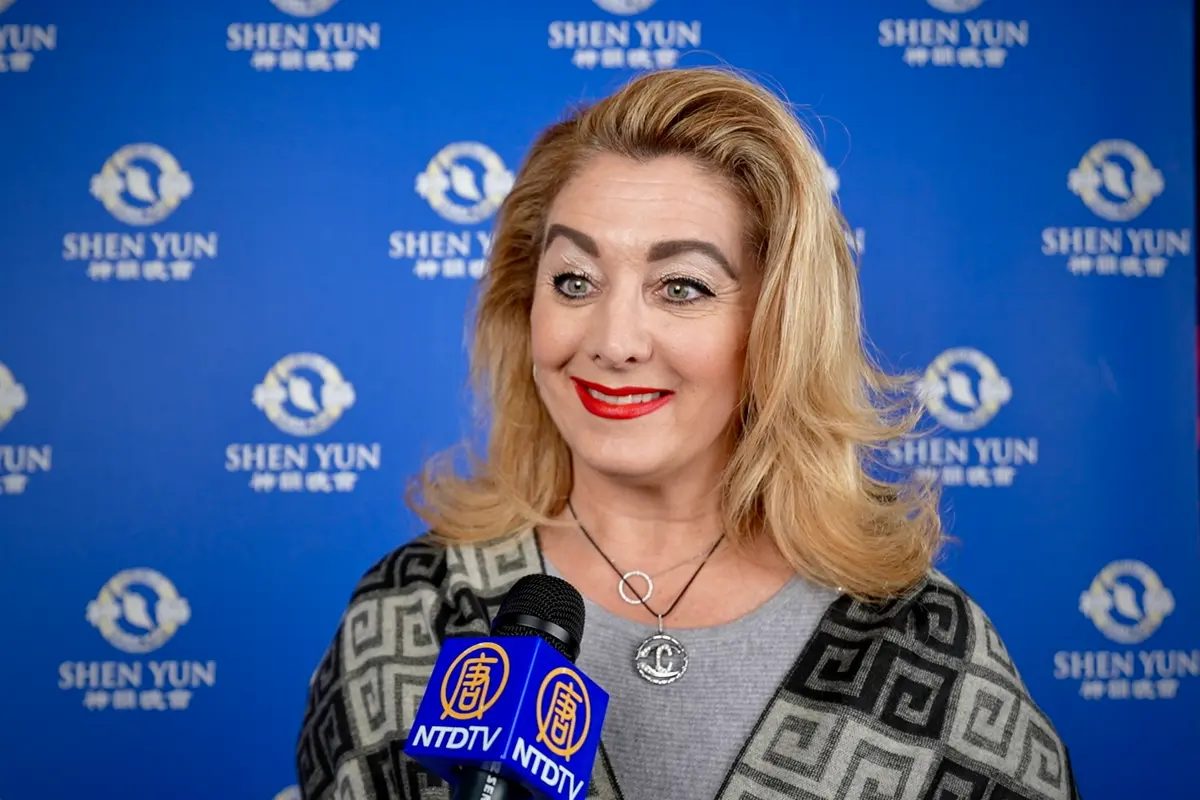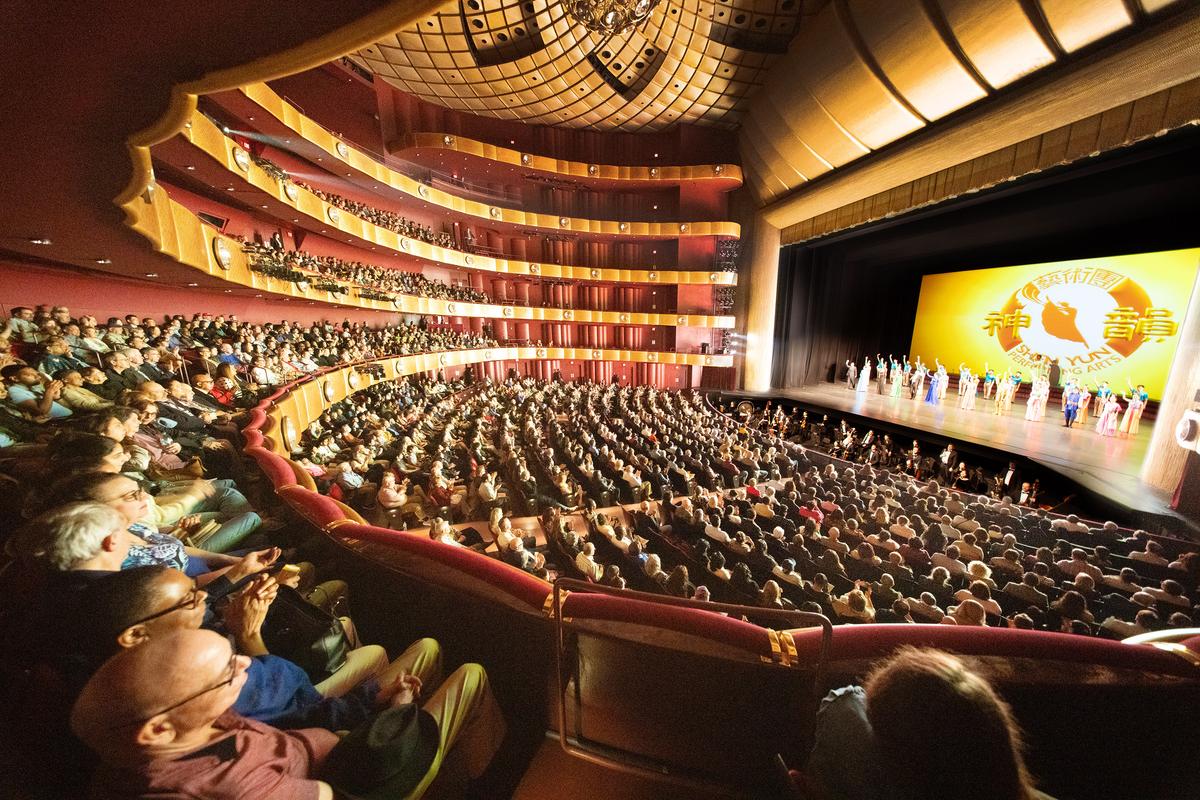HOUSTON—Shen Yun Performing Arts is often full of surprises for audience members.
The New York-based company largely performs classical Chinese dance which, though it has been passed down over thousands of years, is still little-known in the West.
This is because the traditional Chinese culture illuminated by Shen Yun, now in its 10th year, is a 5,000-year-old culture that was once almost lost.
“It’s a reminder, I think, of the beauty of Chinese culture and history,” said Paul Dewey, regional executive director of a non-profit organization, of Shen Yun after the Dec. 23 matinee. “I’m certainly seeing it portrayed on stage.”
Mr. Dewey has lived in Asia and traveled to China a few times, and so the news that Shen Yun was not something that could be seen in China did not come as a shock to him.
China was once known as the land of the divine so traditional Chinese culture, and thus its arts, were deeply spiritual. When the Chinese Communist Party came into power, it launched campaigns like the Cultural Revolution to destroy the traditional culture in favor of promoting atheism and struggle.
Mr. Dewey said he doubted the folk and ethnic dances from some of China’s 50-some ethnic minorities presented in the performance such as Mongolian dances, Tibetan dances, and an upbeat northern dance, would be promoted by the Chinese regime. But the dances were interesting to him, and likely educational for many, he said.
Though Chinese culture is vast and different from Mr. Dewey’s own background, dance and music are universal.
“People like to sing, people like to dance, people like to express themselves and they do it in different ways,” he said. “Overall, we’re more similar than we are different.”
Mr. Dewey also brought his daughter who is a gymnast to the performance. She enjoyed the high flips and synchronicity of the dancers, and said that during the performance she learned from the emcees that many of the flips and jumps in acrobatics and gymnastics have actually originated from classical Chinese dance.
Culturally Different
Joe and Janeen Schneider had a similar experience at Wednesday afternoon’s performance.
Mr. Schneider, an engineer, said Shen Yun was culturally more different than anything he had ever seen before.
“But it is worth following because of the significance,” he said. The couple had a general impression of communist rule, such as the lack of freedom of belief. But Mr. Schneider said he had not understood the specific impact of it until he saw Shen Yun.
“It’s important for us to know that,” Mr. Schneider said. He referenced one dance that showed the ongoing persecution of the spiritual practice Falun Gong in China. Mrs. Schneider explained how Shen Yun connected the dots of how spirituality and the arts were intertwined, and how the arts had been damaged under communist rule.
“This is a specific example as opposed to a general philosophy. You need both for your understanding of the effects of society,” Mr. Schneider said.
Reporting by Sonia Wu and Catherine Yang
New York-based Shen Yun Performing Arts has four touring companies that perform simultaneously around the world. For more information, visit Shen Yun Performing Arts.
The Epoch Times considers Shen Yun Performing Arts the significant cultural event of our time. We have proudly covered audience reactions since Shen Yun’s inception in 2006.

